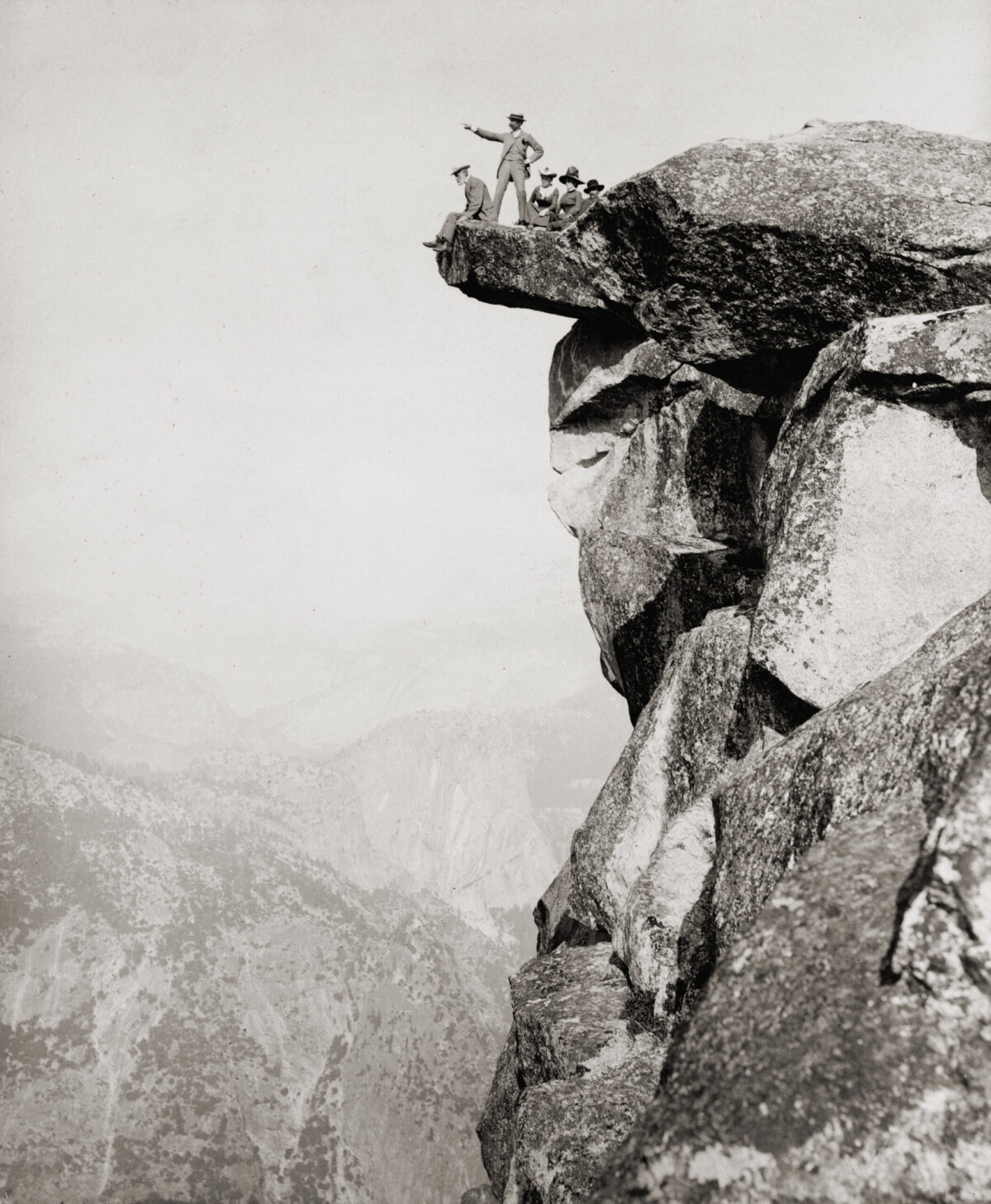In our modern era planes and rental cars have placed much of the hidden beauty of the American West within reach of the average tourist. Yet, when war parties, wolves and waylaying outlaws still lurked on the frontier, there were tourists.
California’s Yosemite Valley was among the earliest remote locations to catch the attention of largely wealthy vacationers. In 1855 English-born James Hutchings — a forty-niner who lost a mining fortune to a bank failure before earning a second fortune in in publishing — led the second known tourist party to the valley. His own interest stemmed from a description of Yosemite’s soaring waterfalls in an account of the 1850–51 Mariposa War (during which the state militia fought and displaced the valley’s resident Ahwaneechee). To capture its splendors, Hutchings brought along illustrator Thomas Ayres. Sharing what they’d found, the pair published an account of the trip featuring Ayres sketches in Vol. 1, No. 1 of Hutchings’ Illustrated California Magazine, which hit newsstands in July 1856.
The article stoked curiosity among readers, particularly on the East Coast. Yet, no measure of curiosity could remove the very real obstacles to visiting the valley. Before the 1869 completion of the Transcontinental Railway, anyone wishing to venture west faced a long, arduous journey. The trip hardly got any easier once a tourist arrived in San Francisco. While one could book a passage on a ship to Stockton or on a stagecoach as far as Mariposa, no roads extended onward. A horse trail snaked 45 miles up to Wawona, and from there one followed well-worn paths north into the valley. The Ahwaneechees, who had gradually filtered back into Yosemite, welcomed tourists, plying their trade as guides or selling their handiwork. Unfortunately, by the turn of the 20th century the National Park Service had pushed them from the valley for good. With tourism on the uptick, lodges and hotels sprang up, and California’s population exploded.
In 1890 Congress designated Yosemite as the nation’s first national park, and to this day the National Park Service strives to preserve the same natural beauty and serenity that drew so many adventurous travelers to California 170 years ago.
historynet magazines
Our 9 best-selling history titles feature in-depth storytelling and iconic imagery to engage and inform on the people, the wars, and the events that shaped America and the world.


